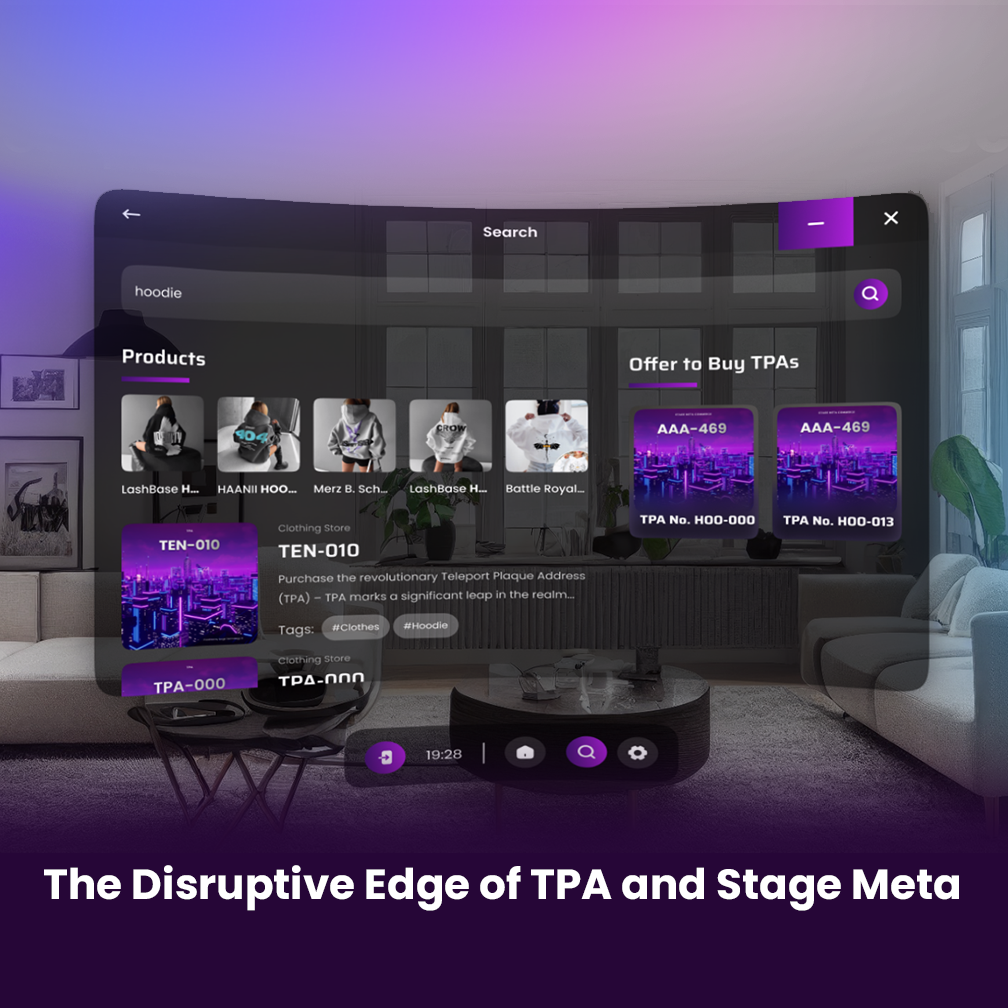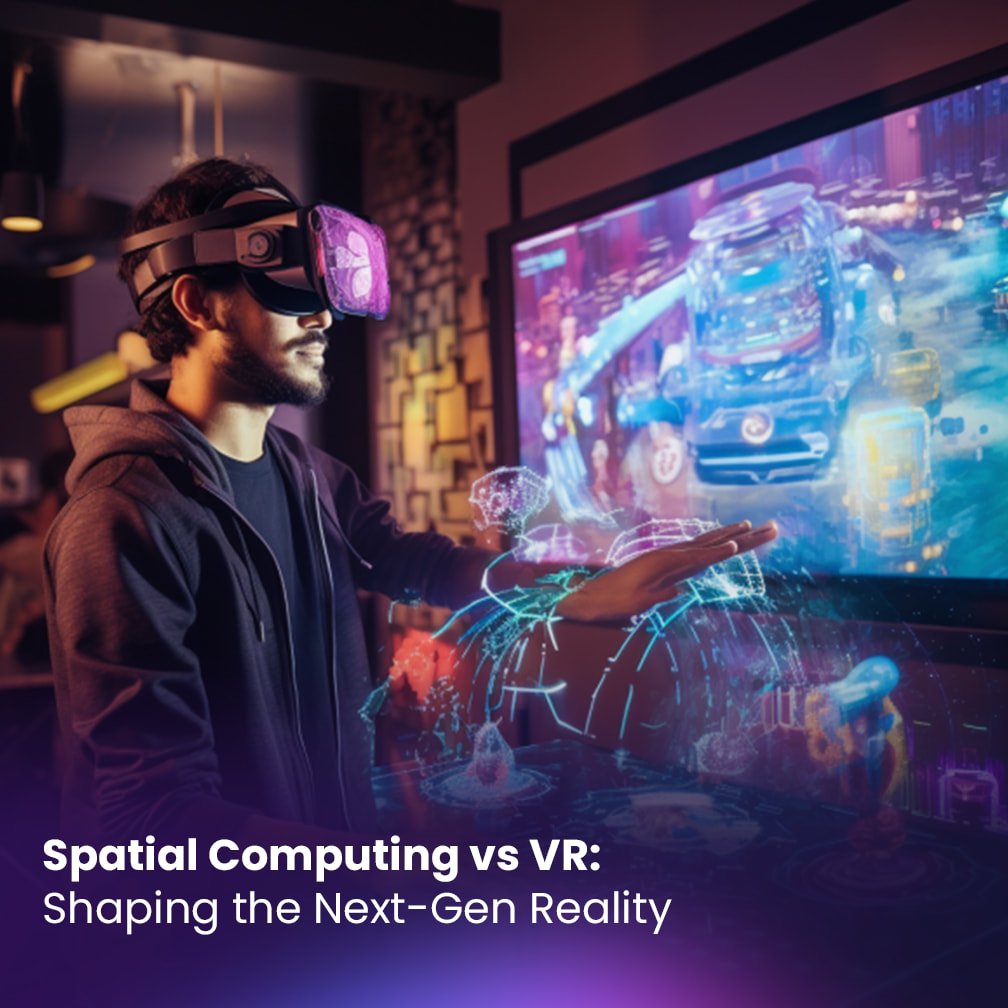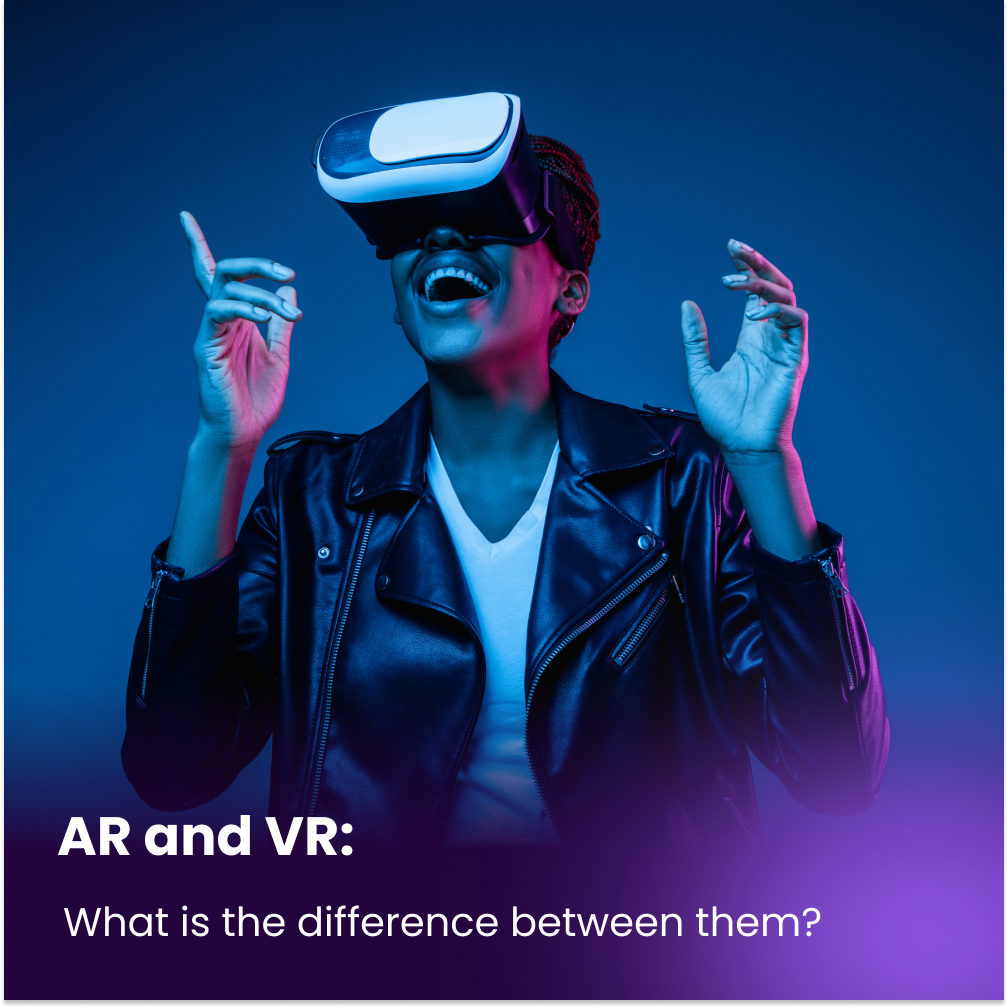
Estimated reading time: 6 minutes
Augmented Reality (AR) and Virtual Reality (VR) have been buzzwords in the tech industry for a while now, with both technologies promising to revolutionize the way we interact with digital content. While they might seem similar, AR and VR offer vastly different experiences that cater to different use cases.
While both offer immersive experiences, they do so in distinct ways, presenting users with a choice between altered realities.
AR overlays digital content onto the real world, enhancing our immediate environment, whereas VR transports us to entirely virtual realms.
As these technologies continue to advance and gain popularity, the debate between AR and VR intensifies, raising questions about their applications, limitations, and which one holds the key to shaping our future.
In this article, we’ll take a closer look at how AR and VR differ and explore some of the pros and cons of each technology.
What is AR?
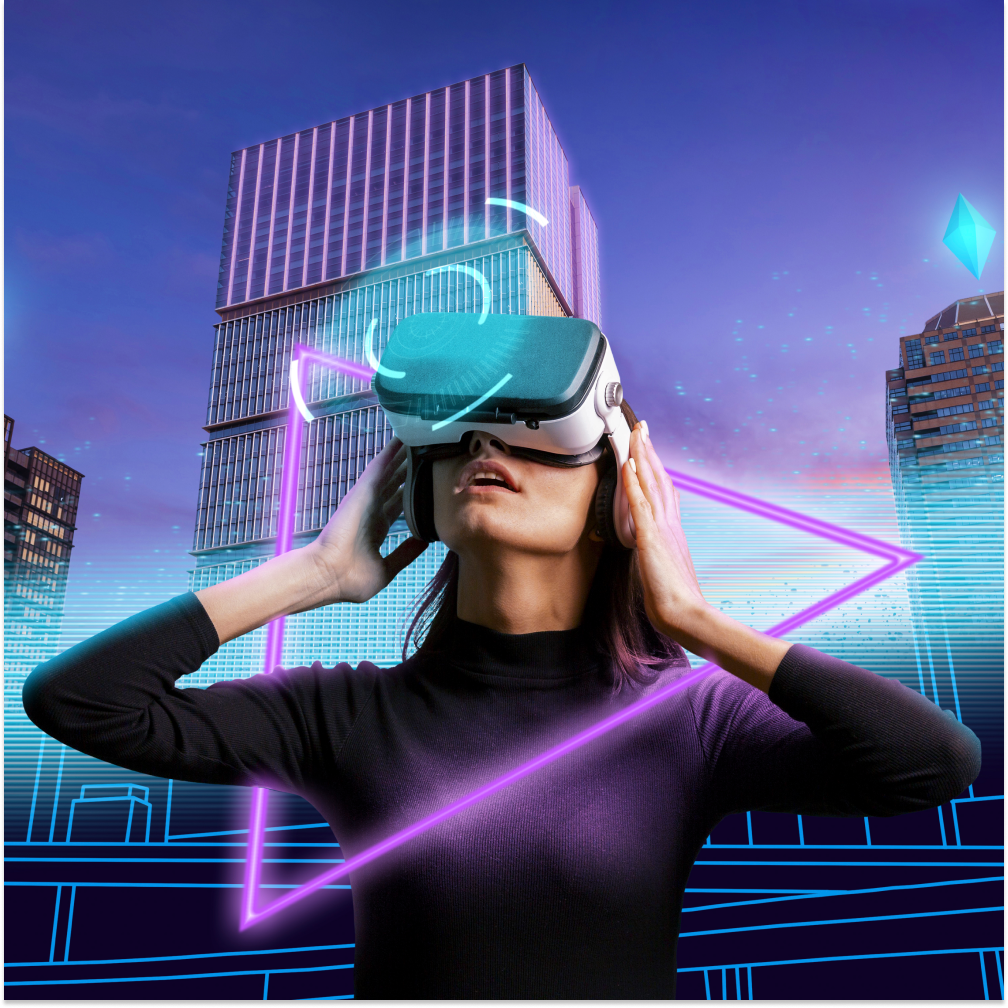
Augmented Reality (AR) enriches the physical environment by introducing digital elements, often leveraging smartphone cameras.
The true value of AR lies in its ability to seamlessly integrate virtual components into a person’s perception of reality, going beyond mere data display and creating an immersive experience that feels natural within the surroundings.
A notable example of AR’s capabilities is the immensely popular mobile app, Pokémon Go, where players can discover and capture virtual Pokémon characters embedded within the real world.
Industries such as training, education, audits, and inspections frequently harness AR, while even healthcare has embraced this technology, enabling surgeons and skilled professionals to practice intricate procedures without jeopardizing valuable resources or patient well-being.
What is VR?

To understand the distinction between AR and VR, now let’s take a look at the concept of Virtual Reality.
Virtual Reality (VR) is a simulated and immersive experience in which the world you’re standing in is replaced with a virtual one. VR transcends physical constraints, immersing users in a completely alternate realm.
Regardless of one’s physical location, VR allows individuals to have a range of experiences. In gaming, you might find yourself seated in the cockpit of a starfighter, while in apps, you can embark on virtual tours of remote destinations, feeling as though you are truly present.
The possibilities within VR are vast, as they involve replacing the entirety of your surroundings with a virtual environment. However, this does not imply that your actual surroundings are entirely disregarded.
Present-day VR headsets are equipped with the ability to scan and acknowledge your immediate environment, ensuring safety and establishing boundaries to prevent collisions with furniture or other obstacles.
What is the difference between AR and VR?
The main difference between AR and VR lies in how they alter our perception of reality.
AR enhances our real-world environment by overlaying digital content onto it, blending virtual elements with the physical surroundings.
This is often achieved through the use of devices like smartphones or smart glasses that allow us to see both the real world and the digital overlays simultaneously. AR enriches our perception by adding context, information, or interactive elements to our immediate environment.
On the other hand, VR creates a fully immersive digital experience that transports users to a simulated reality, completely separate from the physical world.
VR typically involves wearing a headset that covers the user’s eyes and ears, replacing their visual and auditory input with a computer-generated virtual environment.
Users feel as if they have been transported to a different place or situation, with the ability to interact and navigate within this virtual realm.
So, the difference between AR and VR is that AR enhances the real world with digital elements, while VR creates a whole new virtual world for users to explore and interact with. AR adds virtual content to reality, while VR replaces reality with a simulated environment.
The middle ground for AR and VR: Mixed Reality
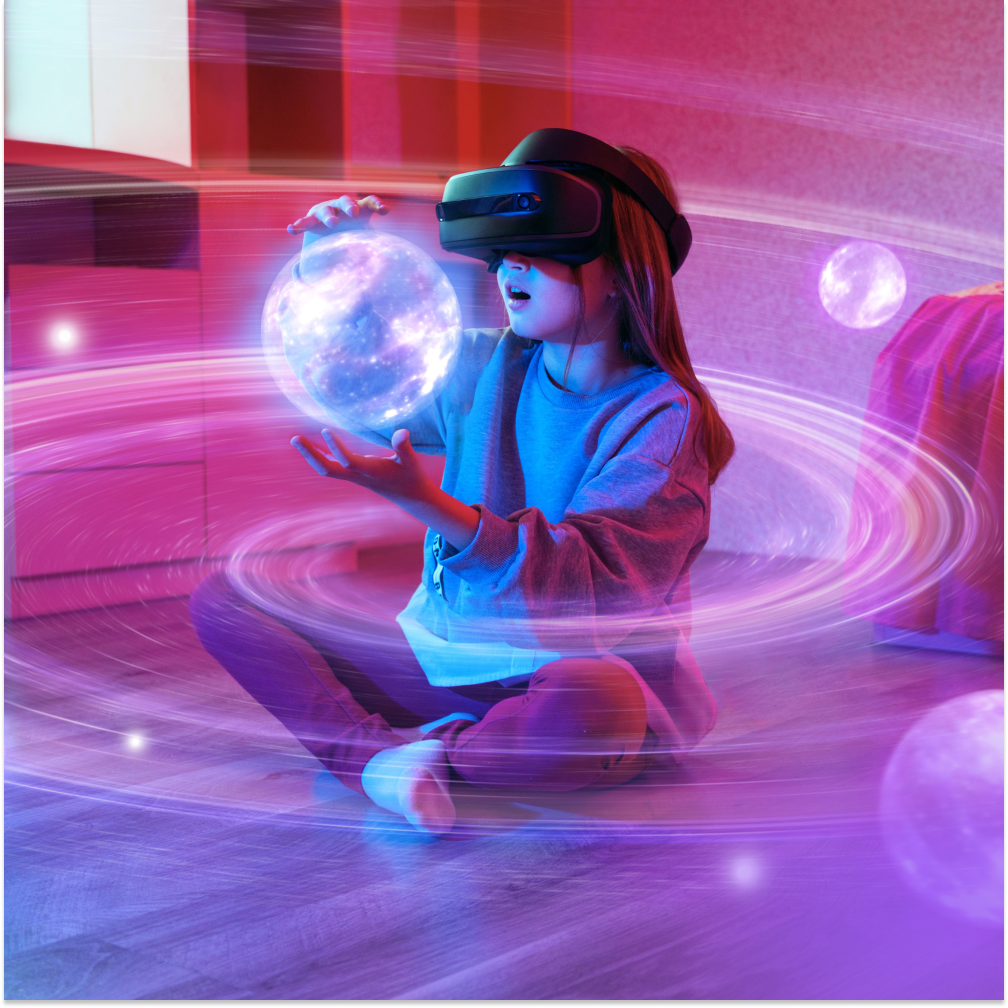
Initially distinct concepts, Augmented Reality (AR) and Virtual Reality (VR) have gradually converged, giving rise to a comprehensive category of reality-altering technology known as mixed reality, often abbreviated as MR or XR.
This new paradigm emerges when VR headsets incorporate elements of AR into their functionality. All major VR headsets currently on the market possess outward-facing cameras that enable scanning of the user’s surroundings, providing a glimpse of the real world within the virtual experience.
The transition from virtual reality to mixed reality occurs when these real-world surroundings influence the user’s interactions within the VR environment.
Mixed reality is a broad term that encompasses various points along the AR and VR spectrum, and we are witnessing a growing convergence between the two technologies.
Notably, devices like the Meta Quest Pro boast color cameras that offer clearer views of the user’s surroundings and enable the projection of virtual screens onto physical desks, allowing for multitasking akin to multiple monitors and the utilization of familiar keyboards and mice instead of virtual counterparts.
Similarly, the forthcoming Apple Vision Pro demonstrates similar capabilities, enabling the display of virtual objects in one’s actual environment, with Apple branding their product as a Spatial Computer.
The role of AR and VR in Spatial Computing
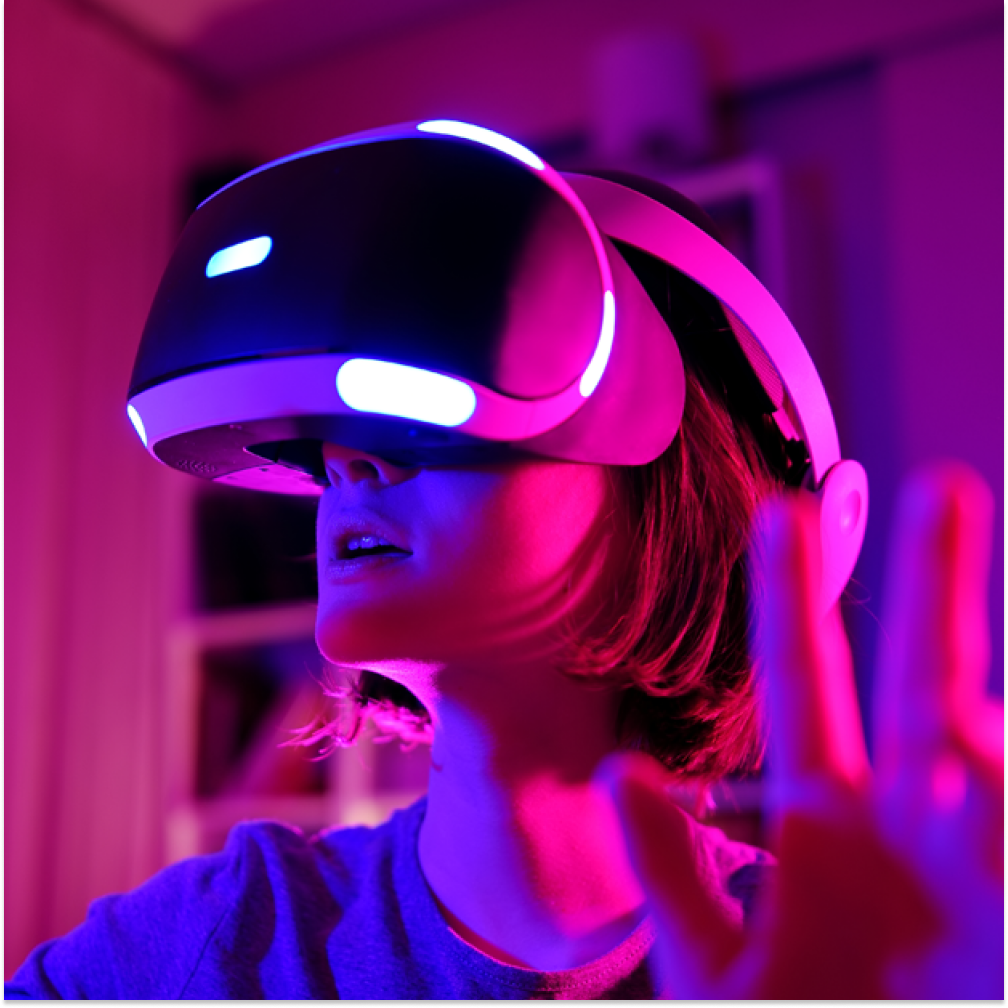
Augmented Reality (AR) and Virtual Reality (VR) play integral roles in shaping the concept of Spatial Computing, a virtual realm that encompasses interconnected digital spaces where people can interact, work, and engage in various activities.
AR contributes to Spatial Computing by blending digital content with the real world, seamlessly integrating virtual elements into our physical surroundings.
AR can enhance social interactions, enable immersive gaming experiences, and provide useful contextual information, making Spatial Computing more interactive and immersive.
VR, on the other hand, enables users to fully immerse themselves in virtual environments within Spatial Computing. VR technology allows individuals to step into entirely simulated worlds, where they can interact with digital objects and other users in a highly immersive manner.
VR in Spatial Computing offers endless possibilities, including virtual meetings, virtual marketplaces, immersive storytelling, and immersive gaming experiences. It allows users to transcend physical limitations and explore new realms and experiences within Spatial Computing.
Together, AR and VR contribute to Spatial Computing by providing diverse ways for individuals to engage, connect, and create within virtual spaces.
They enable shared experiences, facilitate collaboration, and expand the boundaries of what is possible in the digital realm. As Spatial Computing continues to evolve, AR and VR will likely play increasingly significant roles in shaping the future of digital interactions and virtual communities.
